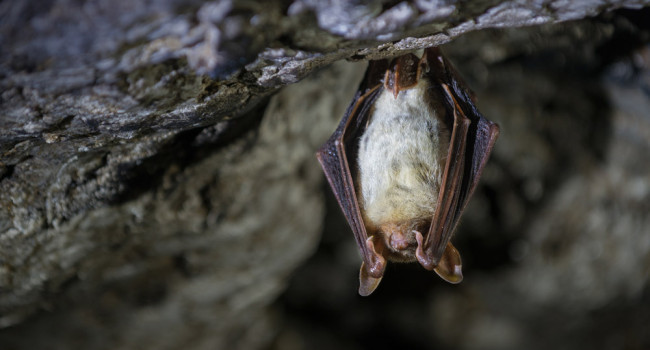New estimates of the size and trend of the world population of the Spoon-billed Sandpiper using three independent statistical models
Author(s): Green, R.E., Syroechkovskiy, E.E., Anderson, G.Q.A., Chang, Q., Chowdhury, S.U., Clark, J.A., Mohammod Foysal, M., Gerasimov, Y., Hughes, B., Kelly, C., Lappo, E., Lee, R., Leung, K.K.S., Li, J., Loktionov, E.Y., Melville, D.S., Phillips, J., Tomkovich, P.S., Weston, E., Weston, J., Yakushev, N. & Clark, N.A.
Published: February 2021 Pages: 14pp
Journal: Wader Study Volume: 128
Digital Identifier No. (DOI): 10.18194/ws.00218
Abstract
A single formal estimate of the size of the world population of the Critically Endangered Spoon-billed Sandpiper Calidris pygmaea has been published. This used a Lincoln-Petersen method, which combined a global mark-resighting analysis with a scan survey to estimate the proportion of birds with individual marks observed at a post-breeding moult and migration stopover site in Jiangsu Province, China. We report nine further repetitions of this procedure, which we call Method A, giving ten world population estimates in all, during the 6-year period 2014–2019. Four of these estimates use scan surveys from Jiangsu in the post-breeding adult moult period and six are from the non-breeding season (November–February) at three widely-separated sites in Bangladesh, Myanmar and South China. The weighted mean world population size at the end of the breeding season, based on all ten surveys, was 490 mature individuals (95% CL = 360–620) and 773 individuals of all ages (95% CL = 569–978), which is similar to the single previous Method A estimate (420 mature individuals), but considerably more precise. We also report results from two independent but low-precision methods: one based on published non-breeding season counts and the nonbreeding season localities of satellite-tagged birds (Method B) and the other based on mark-recapture analysis of birds marked as unfledged chicks and recaptured as migrating juveniles (Method C). These two methods gave estimates within therange 471–922 mature individuals, depending on assumptions. The trend of Method A population size estimates with time during the short study period was a decline at a mean rate of 8% per year, but this did not differ significantly from zero (no change). The precision of this trend estimate was low, but its rate is similar to the 9% per year decline during 2009–2016, derived from surveys of the local population at the most important known non-breeding season site in Myanmar. Hence, although the rapid population decline indicated by surveys of breeding populations observed prior to 2009 (mean 26% decline per year) has probably slowed as a result of conservation efforts, our results indicate that the species should continue to be listed as Critically Endangered.
Staff Author(s)






Share this page